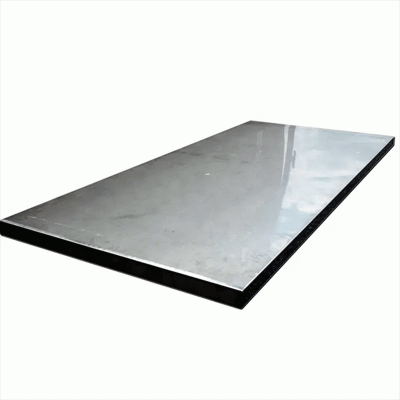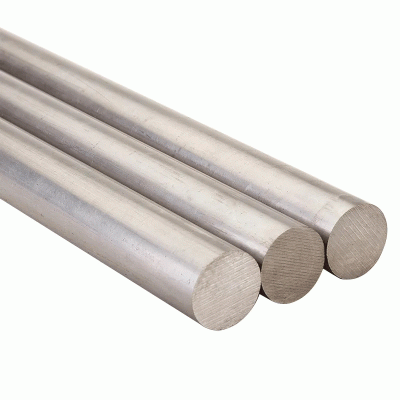Basics on Choosing Stainless Steel Grade
Basics on Choosing Stainless Steel Grade
Stainless steel is best known for its corrosion resistance, which makes it perfect for a huge variety of applications. There are a wide range of grades available within stainless steel, and these allow it to be useful in numerous different industries.
At the same time, this means you have to have the know-how to select the proper grade for your next project. At Wasatch Steel, we’re here to help. Let’s look at some areas to consider when choosing stainless steel grade.
Formability
For applications that need good formability, avoid the martensitic group. Instead, try an austenitic grade like 304 or a ferritic grade like 430.
Machined?
Special considerations are needed if you have stainless steel with machining required. Most grades can be machined, but work hardening is possible with stainless steel. To avoid this issue, you have to optimize the work rate of your machining process, and tools must be kept in good condition. Sulfur can be added here to increase machinability, such as with grade 303.
Welded?
Welding stainless steel is not the same process as welding carbon steel – issues like corrosion, hot cracking and stress corrosion cracking can take place. Generally, the most weldable stainless steels are in the austenitic group. Grades like 304L or 347 should be generally used, with ferritic stainless steels like grade 430 or 439 also generally weldable. Martensitic stainless steels, on the other hand, should not be welded.
Corrosion Resistance Required
When it comes to corrosion resistance, you need to know both how much and what type is present. Once again, austenitic steels generally have the best resistance here due to their chromium content.
Heat Treated?
If the steel will be heat treated, know how various grades will be affected. Austenitic and ferritic stainless steels tend to be non-hardenable when heat treated, and the heat treatable stainless steels are martensitic or precipitation hardened in most cases. Good examples are grade 440C and 17-4 PH.
Strength Requirements
You can find extremely high strengths with martensitic stainless steels like grade 440C, as well as precipitation hardened stainless steels. Austenitic stainless steels can also provide high strengths, but not quite as high.



